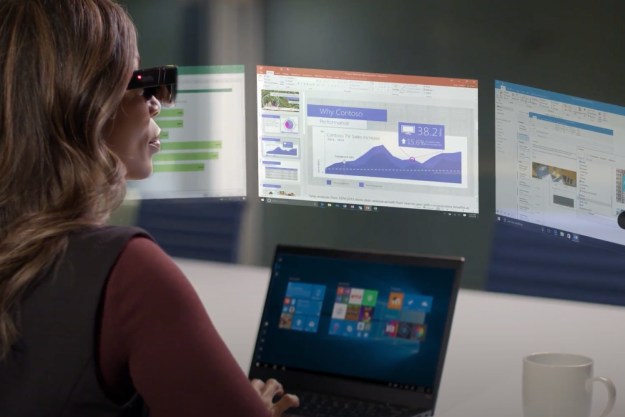
When you think of four-legged walking robots, chances are that you picture something like Boston Dynamics’ various dog robots. But while Spot and his large siblings may be the world’s most famous quadruped robots, there’s plenty of innovation going on at the smaller end of the spectrum as well.
At the University of Maryland, researchers have developed what may well be the world’s tiniest four-legged crawling robot. measuring just 2.5 mm x 1.6 mm x 0.7 mm. For those keeping track at home, that’s smaller than the size of an ant’s head.
“This robot is one of the smallest robots that uses legs as the locomotion method,” Ryan St. Pierre, one of the researchers on the project, told Digital Trends. “What is particularly exciting is that we have an experimental platform that is adaptable to different designs and materials, so that we can experimentally investigate the underlying dynamics of the locomotion of insects. Insects walk around the world very differently than humans due to their low body mass. This platform will help uncover some of the contributing factors that make insects so fast and capable of a variety of surfaces.”
But while the most immediate application of these robots is going to be as an experimental tool to help understand the biomechanics of insect locomotion, that could change in the future. Specifically, the team working on the project hopes that their small-scale robots can be made more autonomous. This would open up potential use cases like exploration to carry out mapping tasks, or working together for collaborative building initiatives. “Imagine being able to control your own ant colony,” St. Pierre said.
Dreams of becoming Ant-Man aside, this is still incredibly exciting work. The robots show an impressive amount of maneuvrability for their size. Driven by rotating magnetic fieldsthat trigger the legs to move, the robots are capable of scurrying at speeds of 14.9 body lengths per second. They’re also surprisingly resilient, being able to continue this locomotion for at least 1 million actuation cycles without suffering impaired performance. Short of applying to the University of Maryland, you shouldn’t expect to get your hands on one soon, though.
“Presently, there are not any plans for commercialization,” St. Pierre said. “In fact, a lot of research has to be done in many fields to get these robots to a point where they can be autonomous, or even semi-autonomous and tele-operated.”
Editors' Recommendations
- CyberOne robot is Xiaomi’s answer to Tesla Bot
- This LG robot could soon be serving your restaurant meal
- The iRobot Roomba j7+ monitors your floors to avoid wires, pet droppings
- Robot vacuum with triple lidar system has eyes to help it avoid poop
- Boston Dynamics’ Spot robot shows off its grabbing skills in new video


